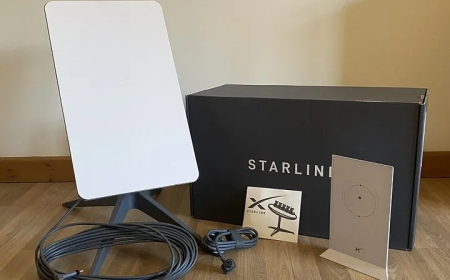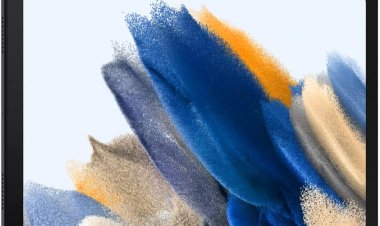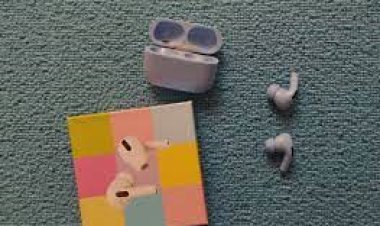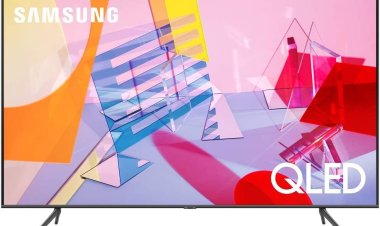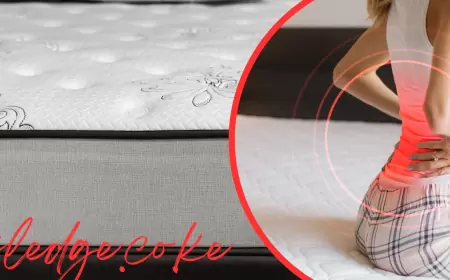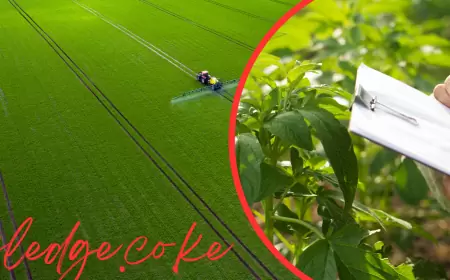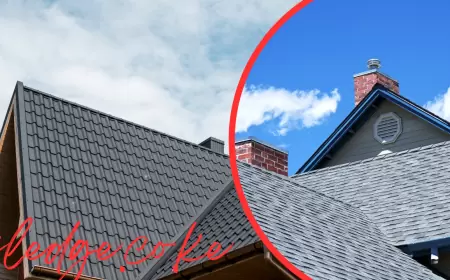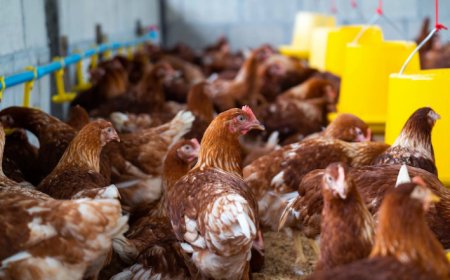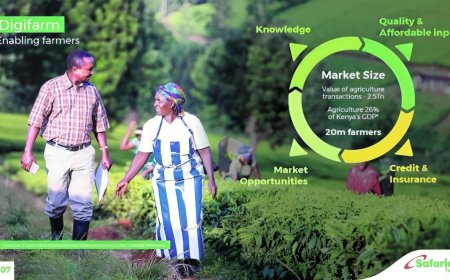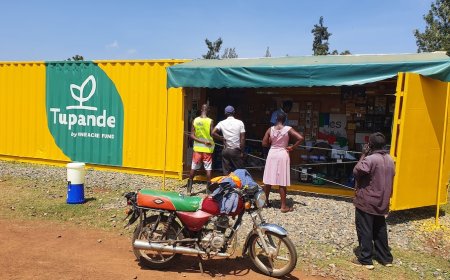Complete Guide to 10 Mabati House Designs in Kenya: Affordable, Durable, Eco-Friendly Options
Explore the ultimate guide to Mabati House Designs in Kenya: Discover affordable, stylish, and eco-friendly options for your dream home

In recent years, Kenya has seen a remarkable shift in housing preferences, with mabati houses emerging as a popular and innovative solution to the country's affordable housing challenge. Traditionally perceived as a choice for low-income families due to their cost-efficiency, mabati (Swahili for corrugated iron sheets) houses have transcended their humble beginnings. Today, they represent a fusion of style, functionality, and sustainability that appeals to a broad spectrum of homeowners, from budget-conscious individuals to eco-friendly enthusiasts seeking stylish dwellings.
What exactly makes mabati houses so appealing? At their core, mabati houses utilize corrugated iron sheets for roofing and, increasingly, for wall cladding, offering a lightweight, durable, and flexible construction material. This shift towards mabati construction is not just about affordability; it's a testament to the material's versatility and the innovative design possibilities it unlocks. From simple, single-story structures to more complex, aesthetically pleasing designs that challenge conventional architectural norms, mabati houses in Kenya are redefining the landscape of affordable housing. This transformation is underpinned by a growing awareness and appreciation of mabati's potential to provide rapid, eco-friendly construction solutions without compromising style or quality.
READ ALSO: Boma Yangu Affordable Housing Program In Kenya 2024: Eligibility, Types, and Pricing Plans
Understanding Mabati Houses
The evolution of mabati houses in Kenya is a narrative of innovation, resilience, and environmental consciousness. These structures, once a symbol of basic shelter, have evolved into embodiments of architectural creativity and sustainable living.
The Basics of Mabati Construction
Mabati, known for its durability and ease of installation, is the primary material for roofing and wall cladding in these houses. The construction process of mabati houses distinguishes itself through speed, cost efficiency, and environmental benefits. One of the remarkable advantages is the reduced construction time compared to traditional brick and mortar homes. This swift assembly ensures that homeowners can circumvent the common delays associated with conventional construction, such as material theft and weather-related setbacks. Additionally, mabati houses offer significant energy efficiency. Many designs incorporate solar panels and unique window installations to maximize natural light and ventilation, lowering electricity costs.
Design Variations
Mabati house designs in Kenya range from simple, functional structures to more sophisticated, stylish models. This versatility in design caters to a wide array of preferences and needs, from individuals and small families to larger households seeking more space and aesthetic appeal.
- Simple Designs: Typically characterized by their rectangular shape and gabled roofs, simple mabati houses are cost-effective solutions for individuals seeking affordability without sacrificing comfort. These homes are often favored for their quick assembly and minimalistic design, making them ideal for rural settings or as starter homes.
- High-Class Designs: For those desiring a blend of luxury and the practicality of mabati, high-class designs offer an elevated living experience. These models may feature multiple stories, intricate roof designs, and additional architectural elements like roof overhangs and large glass windows. Not only do these designs provide aesthetic appeal, but they also offer enhanced functionality, including improved natural lighting and ventilation.
The construction of mabati houses in Kenya reflects a deep understanding of the local climate, lifestyle, and housing needs. It demonstrates an innovative approach to residential design, offering a range of options from the most basic to more elaborate, custom-designed homes. Whether a compact dwelling for a small family or a more expansive structure for commercial purposes, mabati houses can be tailored to meet diverse requirements while maintaining affordability and sustainability.
Top 10 Mabati House Designs in Kenya
The architectural diversity and innovative design of mabati houses in Kenya cater to various preferences, functionalities, and aesthetic appeals. Here's an overview of the top 10 mabati house designs that have become popular in Kenya, showcasing the versatility and creativity employed in using mabati as a primary construction material.
1. Single-story simple Rectangular Houses

These are characterized by simplicity, with a straightforward rectangular design and a gabled roof. They offer functionality and affordability, ideal for small families or as starter homes.The construction cost is generally lower due to the simplicity of the design and efficient use of materials.
2. Modern Two-Story Structures

Incorporating contemporary design elements, these houses often feature flat roofs, large windows, and open floor plans, making them suitable for urban living. While more expensive than single-story homes, their cost is justified by the added space and modern amenities.
3. Eco-Friendly Designs with Solar Panels

These houses are designed with sustainability in mind and include solar panels and energy-efficient windows to reduce electricity costs. Initial costs may be higher due to the installation of solar panels. Still, long-term savings on energy bills can be significant.
4. Compact Designs for Small Plots

These designs maximize space efficiency, making them perfect for small plots of land. They often have multi-functional rooms and minimalistic aesthetics. The focus on space efficiency can reduce overall construction costs.
5. Luxury Mabati Houses

Offering high-end amenities and finishes, such as designer interiors, large outdoor areas, and advanced home technologies. These designs represent the higher cost spectrum due to the luxurious features and finishes.
6. Rustic Cabin-Style Homes

These designs are ideal for rural settings or holiday homes and emphasize natural materials and cozy interiors. Costs can vary widely based on the choice of materials and the complexity of the design.
7. Mabati Homes with Traditional Kenyan Influences

Blending modern mabati construction with traditional Kenyan architectural elements, these homes offer a unique cultural aesthetic. Incorporating traditional designs can influence the cost depending on the materials and craftsmanship required.
8.Commercial Mabati Structures
Designed for businesses, these structures can serve as offices, shops, or eateries, combining practicality with modern design. The cost will depend on the size and specifications of the commercial project.
9. Container Homes with Mabati Cladding

Utilizing shipping containers as the core structure, these homes are clad with mabati for aesthetics and additional insulation. Container homes can be cost-effective, but customization and finishing will affect the final price.
10. Innovative Mixed-Use Mabati Designs
These designs integrate residential spaces with commercial or community areas, promoting a blend of uses in a single structure. Mixed-use designs require careful planning and may have higher initial costs but offer potential income opportunities.
Benefits and Challenges of Mabati House Designs in Kenya
Benefits
- Affordability and Cost-Efficiency: One of the most significant advantages of mabati houses is their affordability. The cost of constructing a mabati house is considerably lower than traditional brick and mortar homes. This cost-efficiency extends to the materials and labor required for construction, making it an accessible option for many Kenyans.
- Quick Construction Time: Mabati houses can be constructed relatively quickly. The materials' pre-fabricated nature allows for quick on-site assembly, reducing the overall construction timeline and enabling faster occupancy.
- Durability and Low Maintenance: Mabati is known for its durability and resistance to harsh weather conditions, including heavy rains and high temperatures. These houses require minimal maintenance compared to those built with more perishable materials, making them a long-term, cost-effective housing solution.
- Energy Efficiency: Many mabati houses are designed with energy efficiency in mind, incorporating features such as solar panels and special windows that optimize natural light and ventilation. This can lead to significant savings on energy bills and contribute to a more sustainable living environment.
- Customizability: The flexibility of mabati as a construction material allows for a wide range of designs and customizations. Homeowners can choose styles and layouts that suit their preferences and needs, from simple, functional homes to more elaborate, aesthetically pleasing structures.
Challenges
- Perception and Social Stigma: Despite their many benefits, mabati houses are sometimes perceived negatively due to associations with lower economic status. Overcoming this social stigma remains challenging, although perceptions gradually change as more stylish and sophisticated designs become prevalent.
- Thermal Conductivity: Without proper insulation, mabati can conduct heat, making houses hot during sunny days and cold at night. Addressing this requires additional investment in insulation materials, which can increase the overall cost.
- Susceptibility to Rust and Corrosion: Mabati materials can be vulnerable to rust and corrosion over time in coastal or humid regions. Selecting high-quality, corrosion-resistant materials and regular maintenance can mitigate this issue but may impact the initial affordability.
- Noise: During heavy rain, mabati roofs can be noisy, making some residents uncomfortable. Advances in construction techniques and materials, such as sound-dampening insulation, can help reduce noise levels but also add to the cost.
- Regulatory and Approval Processes: Navigating the regulatory environment and obtaining necessary approvals for mabati construction can be challenging. Adherence to building codes and standards is essential for ensuring safety and compliance.
READ ALSO: Cost of building a 3 bedroom house in Rural Kenya 2024-Everything To Know
Frequently Asked Questions
Can mabati houses withstand extreme weather?
- Mabati houses are designed with durability in mind. High-quality mabati is treated to resist rust and corrosion, making these houses suitable for various climates, including areas with heavy rainfall. However, proper maintenance is key to ensuring longevity.
Are mabati houses energy-efficient?
- Many mabati houses incorporate energy-efficient features such as solar panels and specially designed windows for natural ventilation and lighting, contributing to lower energy costs.
How customizable are mabati house designs?
- Mabati houses offer a high degree of customization. Homeowners can choose from various designs, from simple, functional layouts to more elaborate, aesthetically pleasing structures. Additional custom features can also be integrated to suit individual preferences.
What is the average cost of building a mabati house in Kenya?
- The cost varies widely based on the house's design, size, and specific features. Simple mabati houses can be significantly more affordable than traditional brick and mortar homes, with prices increasing for larger, more complex designs.
How long does it take to construct a mabati house?
- One of the advantages of mabati houses is the relatively quick construction time, thanks to the use of prefabricated materials. The exact timeline can vary but is generally shorter than traditional construction methods.
Conclusion
Mabati houses in Kenya represent a fusion of innovation, affordability, and sustainability, making them an increasingly popular choice for various housing needs. From their cost-effectiveness and quick construction timelines to their durability and customizable designs, mabati houses offer numerous advantages. While challenges such as overcoming social stigma and ensuring proper insulation exist, the evolving technology and construction techniques continue to enhance the appeal of mabati houses. As perceptions shift and more Kenyans recognize the benefits of these versatile homes, mabati houses are set to play a pivotal role in addressing the country's housing challenges. By embracing the potential of mabati, homeowners can balance affordability, style, and sustainability, contributing to a more inclusive and environmentally responsible future for Kenyan housing.




